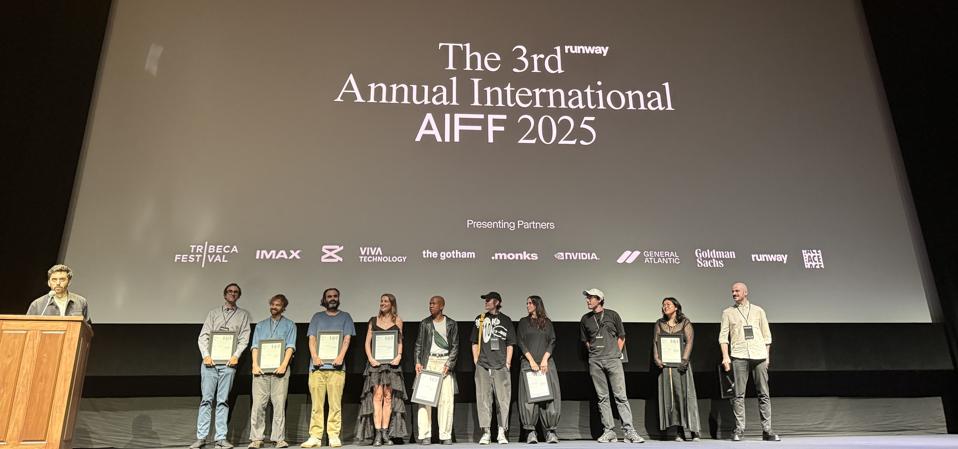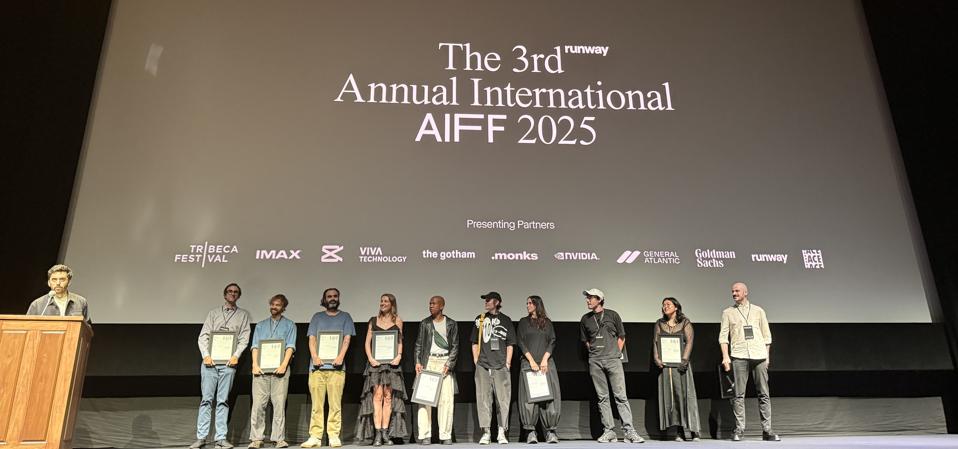In the sleek environment of Alice Tully Hall, the third annual Runway AI Film Festival celebrated a revolutionary new art form. The winning film, Total Pixel Space, wasn’t created through traditional means. Composer and educator Jacob Adler from Arizona State University crafted it using image generators, synthetic voices, and video animation tools, notably Runway’s Gen-3 text-to-video model.

Since video generation technology emerged publicly in 2022, it has transformed filmmaking by lowering barriers to entry and enabling new creative expressions. Independent creators and established filmmakers now access powerful AI tools like Runway, which can generate realistic video scenes and produce short films from text prompts. This democratization of content creation is expanding beyond traditional studio constraints, empowering creators with imagination.
Adler’s inspiration came from Jorge Luis Borges’ short story The Library of Babel, which imagines a universe containing every conceivable book. He found a parallel in modern generative machine learning models that produce varied images from noise and text prompts. The film’s narration, generated using ElevenLabs, ponders the infinite possibilities of digital images: “Pixels are the building blocks of digital images, tiny tiles forming a mosaic… Every photograph that could ever be taken exists as coordinates.”
The Technology Behind the Revolution
Runway, founded in 2018, has become a multi-million-user platform used by various creatives. Its research team develops models from scratch, now capable of generating up to 20 seconds of video. CEO Cristóbal Valenzuela describes this as “a new kind of media” that may redefine what we call ‘film’ and ‘filmmaker.’
A New Era of Creativity
Adler, a classically trained composer, used various tools to create his ten-minute philosophical and visual masterpiece. The process mirrors music composition – orchestrating change through time. This new technology isn’t an evolution; it’s a rupture. Artists are no longer gatekept by traditional filmmaking constraints. As Valenzuela noted, “Now, a kid with a thought can press a button and generate a dream.”
The festival showcased films that were both rough and polished, all unlike anything seen before. This isn’t about replacing filmmakers but unleashing their potential. As Valenzuela said, “When photography first emerged, people called it a mirror with a memory… I think that’s where we are now with generative media.” AI video generation is becoming a multiverse engine, allowing creators to explore endless alternate realities digitally.


